If I connect two DC-DC Modules (example module in the figure below) in parallel, can I increase its current capacity?
Also, I have another doubt out of curiosity. If I connect a module in the following configuration, instead of supplying current, it needs to sink. Will it work? In this case, the module is having input of 7V and out of 5V, 2A output. I connected the output such it closes a loop with a 7V battery and 1 ohm resistance.
Are these modules designed to deliver or can also sink the power to maintain the 5V at their terminals?
Links to the datasheet https://datasheet.lcsc.com/lcsc/1912111437_HI-LINK-HLK-10D2405A_C465413.pdf
I am unable to find an English datasheet. However, I found a datasheet for AC-DC module. https://datasheet.lcsc.com/szlcsc/1912111437_HI-LINK-HLK-5M05_C209907.pdf

